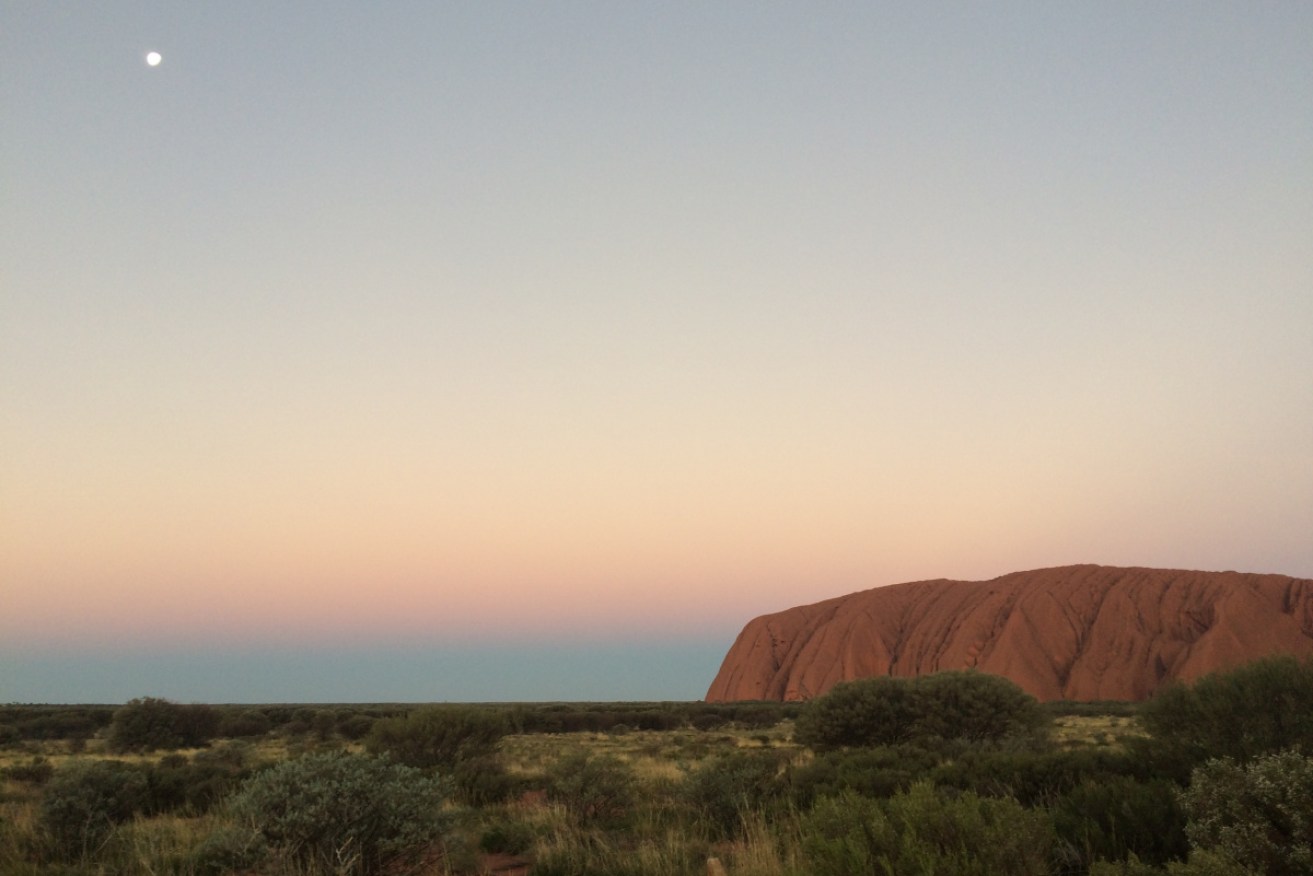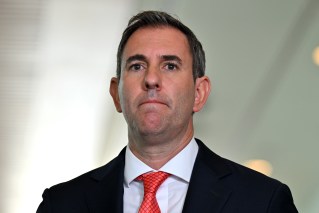Workers ready to remove all evidence of Uluru climb – but the scars will last


Uluru is still closed. Photo: AAP Photo: AAP
Workers will be on standby at Uluru on Friday afternoon, ready to start removing all evidence that climbing was ever allowed on the sacred site.
Tourists have been scrambling to get up the famous landmark before a ban on climbing takes effect on Saturday– and it’s expected the numbers will surge on the final day.
On Thursday, scorching temperatures of 40 degrees meant the rock was only open in the early morning but nevertheless queues of determined visitors snaked from the rock’s entrance.
A more mild 33 degree top on Friday means the climb will likely be open all day. Workers will start taking down infrastructure as soon as the last person steps off the rock.
The scarring from millions of pairs of feet ascending the 384 metre sandstone rock, however, could remain for hundreds of years.
The closure follows years of fighting by the Anangu traditional owners to stop people from climbing the majestic rock out of respect for their traditional culture.
Tweet from @olgordon
For indigenous owners, the Australian landmark is a key part of their identity and beliefs.
The cultural importance relates to ‘Tjukurpa’, the Anangu word for their Dreamtime and the basis of their culture, including laws for living.
Despite the Anangu people’s wishes, hundreds of tourists from all over Australia have been rushing to the “Red Centre” to tick the climb off their bucket list before it’s too late.
The numbers have been so great that tourists have reportedly been camping illegally on the side of the road because there wasn’t enough room for them at the nearby Uluru-Kata Tjuta National Park’s campground, roadhouses and the resort at Yulara.
Two days until the #Uluru climb is closed for good. Sad to see such a long line of people so keen to walk on a sacred site for the oldest living culture in the world 🙁
— Douglas Smith (@smith_dougy) October 24, 2019
Footage and photos shared on social media show crowds of people lining up to climb the ancient rock.
https://twitter.com/AussieInPoway/status/1187147500290891776
#auspol #uluru #ayersrock #australia #adventure Climbing photo of the week: Summit Stroll by badgirlcazhttps://t.co/f6Il1TX1hp
Parks Australia @envirogov to kill the joy and wonder of the Climb in just 4 days. Australia – where they ban awe and wonder. pic.twitter.com/fjSjeFTh6G
— righttoclimb.blogspot.com.au (@righttoclimb) October 20, 2019

Hordes of tourists were clambering up the rock on October 2. Photo: Twitter
Jamie Lowe, a Djabwurrung man and CEO of the National Native Title Council (NNTC), said the “significant influx of tourists” visiting the rock since the closure was announced was a “real disappointment”.
“The climb close is a long time coming and the National Native Title Council hopes this will be the start of a longer-term national conversation on how we can better support traditional owners to exercise their decision-making rights as to what happens on their traditional lands,” Mr Lowe said.
“The Anangu traditional owners have made their wishes known for many years, that they don’t want people climbing Uluru, and we’re really pleased they’ve finally been able to formalise that request.”
The Uluru-Kata Tjuta National Park board of management has long stated that climbing Uluru was disrespectful and that the safety risks were too great.
Finally, their wishes will be granted.








